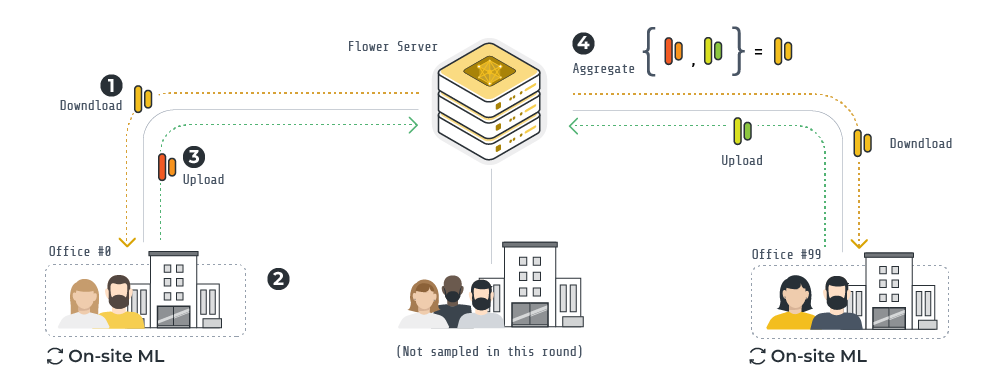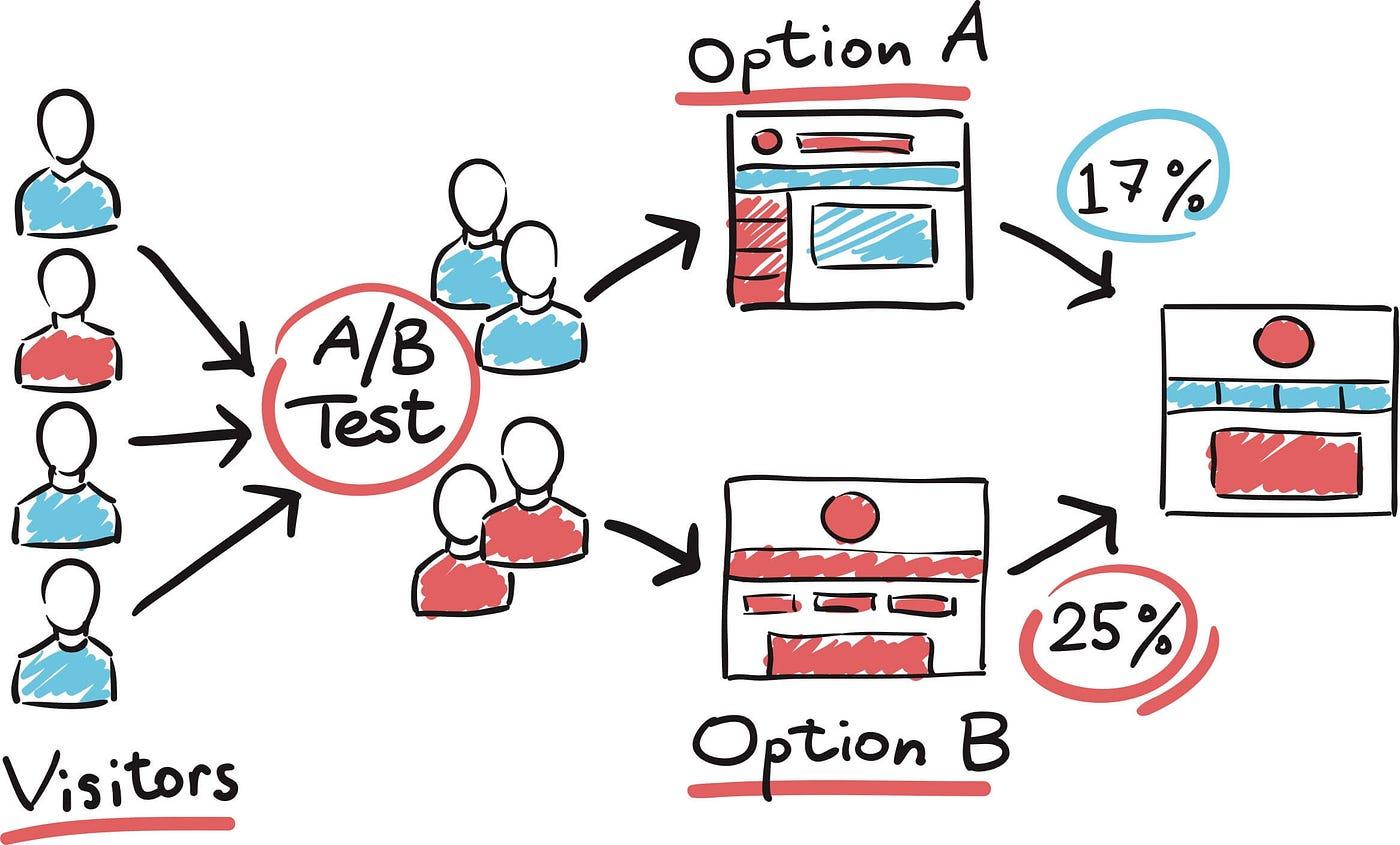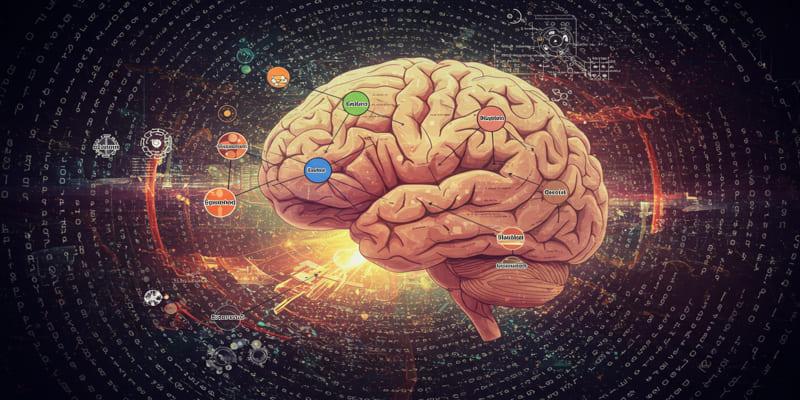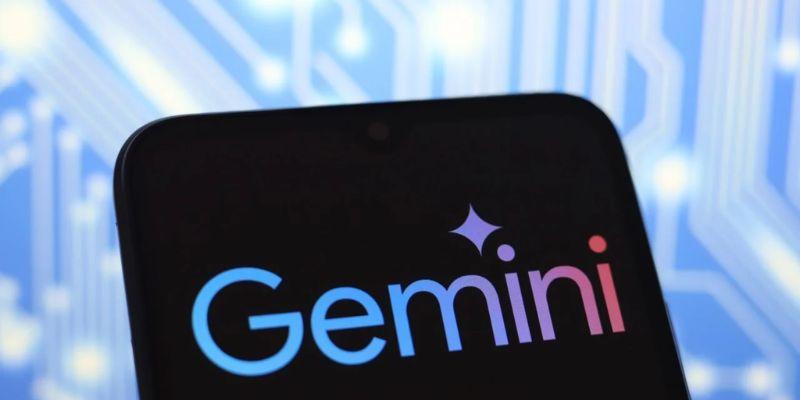If you've ever tried automatic speech recognition (ASR) across different languages, you know it’s not always smooth sailing. There’s often that frustrating gap between what was said and what the model understood. That’s where Whisper, an open-source ASR model by OpenAI, shines. It's already great at transcribing in multiple languages, but when you fine-tune it just a bit using Hugging Face Transformers, it becomes even more accurate and tailored to your needs.
In this article, we’ll walk you through how you can fine-tune Whisper for multilingual ASR. It’s simpler than it sounds—and totally worth your time if you want to improve results across varied accents, speech speeds, and noise levels. Let’s take a closer look at how to do it.
Whisper comes pre-trained on a massive amount of multilingual and multitask data. It can recognize and transcribe speech in dozens of languages out of the box. However, fine-tuning takes this further. You’re essentially nudging the model with your own dataset so that it becomes sharper and more focused for your use case.

Say you work with regional dialects or you want the model to perform better in a specific context, like healthcare or legal transcription. That's where fine-tuning shows its magic. Instead of relying on the broad, general-purpose training Whisper has already received, you’re letting it get used to the kind of speech you want it to understand better.
Before diving into the steps, make sure you’ve got the right setup. Here’s what you’ll be working with:
Whisper model from Hugging Face – Either the base, small, or medium version, depending on your available hardware.
A suitable dataset – Preferably with transcriptions. Common Voice, Fleurs, or your own curated data can work well.
Hugging Face Transformers and Datasets libraries – These help with loading the model and dataset easily.
PyTorch or TensorFlow backend – Whisper uses PyTorch by default.
A GPU-enabled environment – Training on CPU will take far too long and may not complete successfully.
Once your tools are in place, it’s time to move forward.
You’ll begin by loading the pre-trained Whisper model and tokenizer from Hugging Face:
python
CopyEdit
from transformers import WhisperProcessor, WhisperForConditionalGeneration
from datasets import load_dataset
processor = WhisperProcessor.from_pretrained("openai/whisper-small")
model = WhisperForConditionalGeneration.from_pretrained("openai/whisper-small")
dataset = load_dataset("mozilla-foundation/common_voice_13_0", "fr", split="train")
This example loads the French split of Common Voice. You can change the language tag to fit your dataset. Just make sure the audio is clean and labeled accurately.
To fine-tune Whisper, you need the audio inputs and their corresponding text labels. Whisper expects audio in 16kHz format and uses log-Mel spectrograms as input.
python
CopyEdit
import torchaudio
def preprocess(example):
audio = example["audio"]
example["input_features"] = processor(audio["array"], sampling_rate=16000).input_features[0]
example["labels"] = processor.tokenizer(example["sentence"]).input_ids
return example
dataset = dataset.map(preprocess)
This will convert each audio clip into something the model understands. It also tokenizes the target text so the model knows what it should have heard.
Hugging Face’s Seq2SeqTrainer makes training smoother. Before using it, you’ll need to define how training should run.
python
CopyEdit
from transformers import Seq2SeqTrainingArguments
training_args = Seq2SeqTrainingArguments(
output_dir="./whisper-fr",
per_device_train_batch_size=8,
learning_rate=1e-5,
num_train_epochs=3,
predict_with_generate=True,
fp16=True,
save_steps=500,
logging_steps=100,
evaluation_strategy="steps",
eval_steps=500,
save_total_limit=2
)
Here, you’re setting the learning rate low (since Whisper is already pre-trained), using mixed precision for speed, and saving checkpoints just in case.
You now connect everything with the trainer. The only missing piece is a data collator that pads inputs correctly.
python
CopyEdit
from transformers import Seq2SeqTrainer, DataCollatorForSeq2Seq
data_collator = DataCollatorForSeq2Seq(processor.tokenizer, model=model)
trainer = Seq2SeqTrainer(
model=model,
args=training_args,
train_dataset=dataset,
tokenizer=processor.tokenizer,
data_collator=data_collator
)
At this stage, everything is wired up. The trainer knows what model to train, which data to use, and how to prepare the batches.
And now for the fun part. Begin the training process:
python
CopyEdit
trainer.train()
Depending on your dataset size and GPU, this may take a few hours. Once it’s done, your model is stored in the specified output directory.
After training, it’s smart to check how well your model performs on new samples. This gives you an idea of how far you’ve come from the base version.

python
CopyEdit
from datasets import load_dataset
import torch
test_sample = dataset[0]["input_features"]
input_features = torch.tensor([test_sample])
generated_ids = model.generate(input_features)
transcription = processor.batch_decode(generated_ids, skip_special_tokens=True)
print(transcription)
For a more thorough check, try testing with clips the model hasn't seen, especially ones that include background noise or speakers with strong regional accents. You can also compare transcriptions from the fine-tuned model to those from the original Whisper version to spot improvements.
If you're curious about actual numbers, look into metrics like Word Error Rate (WER). Hugging Face provides a built-in evaluation library for this. It gives a clearer view of how accurate the model really is after fine-tuning, and helps you track whether the changes are genuinely making a difference.
Fine-tuning Whisper using Hugging Face Transformers doesn’t have to be a complex or intimidating task. With the right tools and a bit of patience, you can significantly improve transcription accuracy across multiple languages. Whether you’re working on a podcast app, a translation tool, or just trying to clean up your meeting notes, having a fine-tuned model in your toolkit makes all the difference.
It’s a practical step that brings real improvements, especially when dealing with language quirks or industry-specific terms. You’ll notice fewer errors, smoother transcripts, and less time spent fixing mistakes manually. Even subtle changes in pronunciation or pacing get handled more gracefully. And the best part? You’re not starting from scratch. Whisper already does the heavy lifting—you’re just helping it hear your world a little better.

Explore how Advanced Topic Modeling with LLMs transforms SEO keyword research and content strategy for better search rankings and user engagement.

How to evaluate Agentic AI systems with modern metrics, frameworks, and best practices to ensure effectiveness, autonomy, and real-world impact in 2025.

AIOps redefines IT operations by leveraging AI to reduce costs, enhance efficiency, and drive strategic business value in a digital-first world.

Selector is a versatile platform for anomaly detection and network security, using advanced AI for precise threat identification and prevention.

How IT monitoring platforms enhance system reliability, enable faster issue resolution, and promote data-driven decisions.

How AI-powered automation is transforming network operations, delivering efficiency, scalability, and reliability with minimal human intervention.

How AI enhances forecasting accuracy while addressing limitations like rare events and data quality through human-AI collaboration.

Find out how to stop X from using your posts to train its AI models.

Explore how ChatGPT’s AI conversation feature works, its benefits, and how it impacts user interactions.

How data mining empowers businesses with insights for smarter decisions, improved efficiency, and a competitive edge.

Google’s Gemini Live now works on most Android phones, offering hands-free AI voice assistance, translations, and app control

Google’s Gemini 2.0 boosts AI speed, personalization, and multi-modal input with seamless integration across Google apps